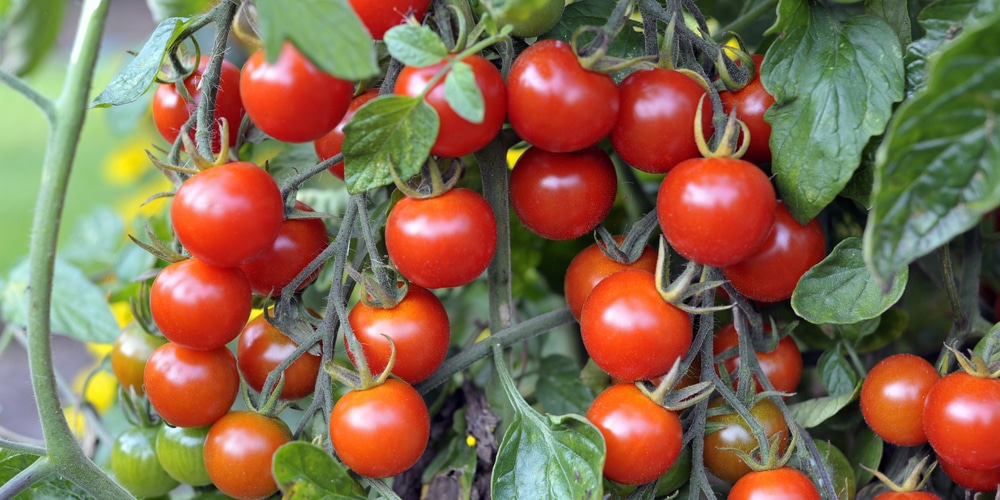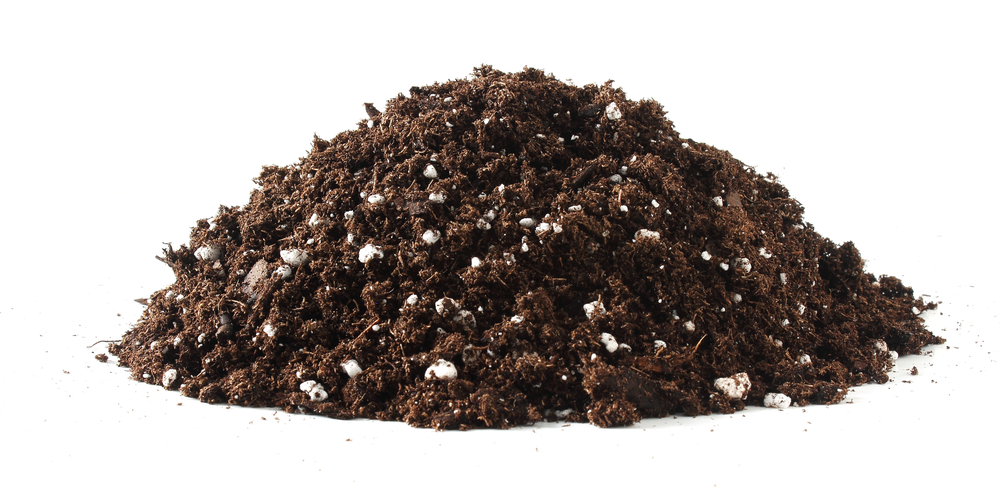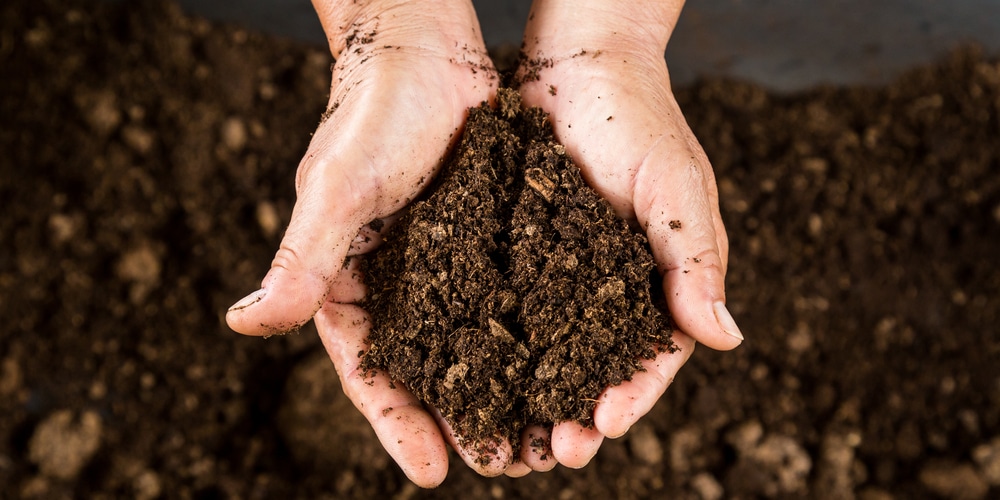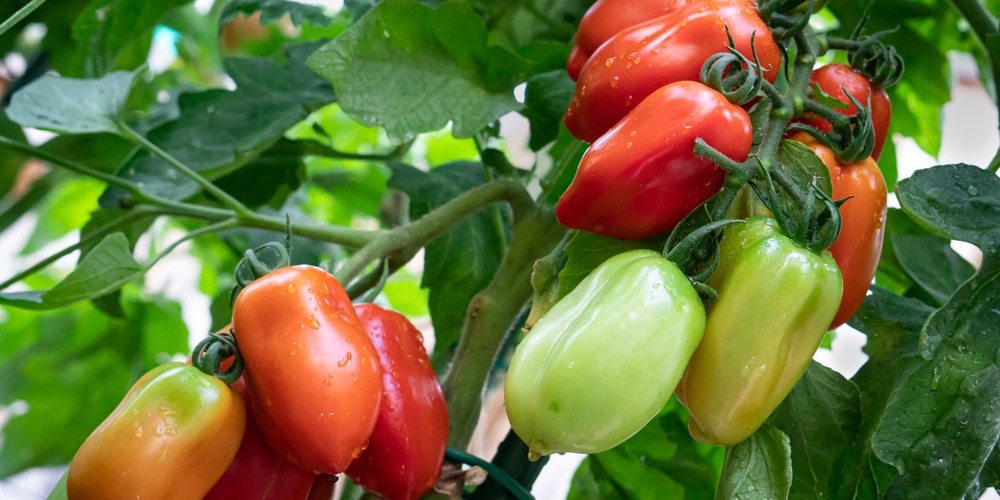Tomatoes are one of the most popular crops among most gardeners. They are versatile plants that will thrive on the ground or inside containers.
Under the right growing conditions, tomatoes can be pretty prolific. However, if you don’t know how to grow them properly, you may have some issues with these plants.
But if you plant your crops in a sunny location, with adequate soil, and keep an eye on bugs, you will get plenty of fruits at the end of the growing season.
If you know something about gardening, you may be familiar with the use of peat moss as a soil amendment. But is peat moss good for tomatoes?
And what else should you know about this topic? Keep reading this essential guide if you want to learn everything you need to know about peat moss and tomatoes!
What Is Peat Moss?
Peat moss consists (as its name suggests) of dead fibrous material resulting from mosses and other living organisms’ decomposition in peat bogs. It is similar to compost in many ways, but it contains moss more than anything else, and the decomposition process that forms it happens without air (meaning it is also slower).
Because peat moss can take several thousands of years to form, there are some concerns about the sustainability of this practice in gardens. After all, it is not a renewable resource in the sense of the word.
Still, peat moss can be an excellent soil amendment, especially for acidic-loving plants. It can work as a seed starting medium.
Plus, it will increase water retention and improve nutrient absorption. But can you use peat moss with tomatoes? Jump to the following section to learn more about it!
Peat Moss and Tomatoes: All You Should Know
Peat moss contains plenty of nutrients and minerals essential to tomatoes’ growth and development. So, mixing the ground (or the potting mix) with adequate amounts of peat moss can increase your chances of getting juicy and flavorful fruits.
Additionally, peat moss seems to protect tomatoes from attacks from pests and contributes to aiding roots’ development. Peat moss is the ideal addition to potted plants and provides suitable growing conditions for your tomatoes.
After all, it contributes to holding moisture and improves drainage. Plus, it ensures your plants receive adequate airflow for their growth.
You should know that peat moss alone won’t solve all your issues with tomatoes. You’ll have to mix it with other ingredients to recreate the ideal environment for healthy tomato plants.
For instance, perlite and peat moss make an excellent substrate. Additionally, remember that peat moss’ nutrient content isn’t the best. You may have to add other fertilizers, compost, or manure to ensure your tomatoes get all the minerals and vitamins they need for growing.
When watering your tomato plants, do so regularly (be consistent) and evenly. Watering some areas more than others might cause your plants to rot, decompose, and crack.
Also, consider placing black plastic or other barriers around your seedlings. This solution will keep a stable ground temperature (preventing thermal shocks) and control weeds and insects.
How to Use Peat Moss on Tomatoes
You can use peat moss in several ways. For instance, it is an excellent soil amendment and an ideal seed-starting. Additionally, you can mix it with other growing media for hydroponic growing or use it to create conditions necessary for acidic-loving plants.
Combine peat moss with perlite and mix it in a bucket to apply the mixture to your tomato plants. Ensure you break up the larger chunks of material to make the entire compost more manageable.
Remember to add water after you apply peat moss: it will improve absorption. Of course, that doesn’t mean you have to overwater your plants. Too much moisture is never good, as it usually attracts fungal infections and causes root rot.
You can also create “peat pots” to start your tomato seeds. You can plant the structure on the ground to allow it to decompose and release essential nutrients around your plants when the seedlings mature. Doing so can minimize transplant stress to your plants and ensure they grow healthy.
Of course, besides adding peat moss (compost and other fertilizers), you must ensure you plant your tomatoes in the ideal location. Indeed, without the proper sunlight, your plants still struggle to grow, no matter how well you amend the soil.
Related article: Is Peat Moss Cost Rising or Falling?



